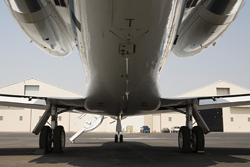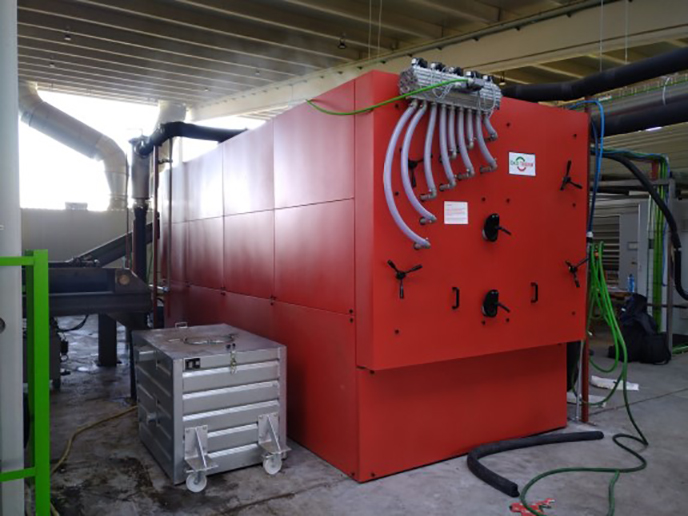Integrating multiple functions in aerospace structures
Conventionally, research has concentrated on individual structure mass reduction. However, design of elements that integrate numerous functions, so-called multifunctional structures (MFSs), would provide benefits otherwise unattainable. European researchers sought to combine electrical, thermal and structural functions in highly integrated MFSs with funding of the ‘Multifunctional structures’ (Mulfun) project. Technologies required for MFS design included advanced modelling and simulation tools as well as techniques for cost and weight reduction via modifications to current electronic housings. Scientists studied concepts for fibres with high thermal conductivity as well as flexible electronics. The Mulfun consortium also evaluated electromagnetic interference (EMI) and electromagnetic compatibility (EMC) issues as well as shielding from radiation. Four experimental circuits (breadboards) were developed demonstrating a mass savings of about 35 % in a phase-array antenna for transport applications and about 65 % for an electronic box. All four breadboards demonstrated good electrical, thermal and mechanical performance. Mulfun made an important first step in the development of MFSs that should provide tremendous mass and cost savings for the aerospace and satellite sector while delivering equal or better performance. Mulfun also identified important areas for further research to optimise design concepts and take them from lab to market.







